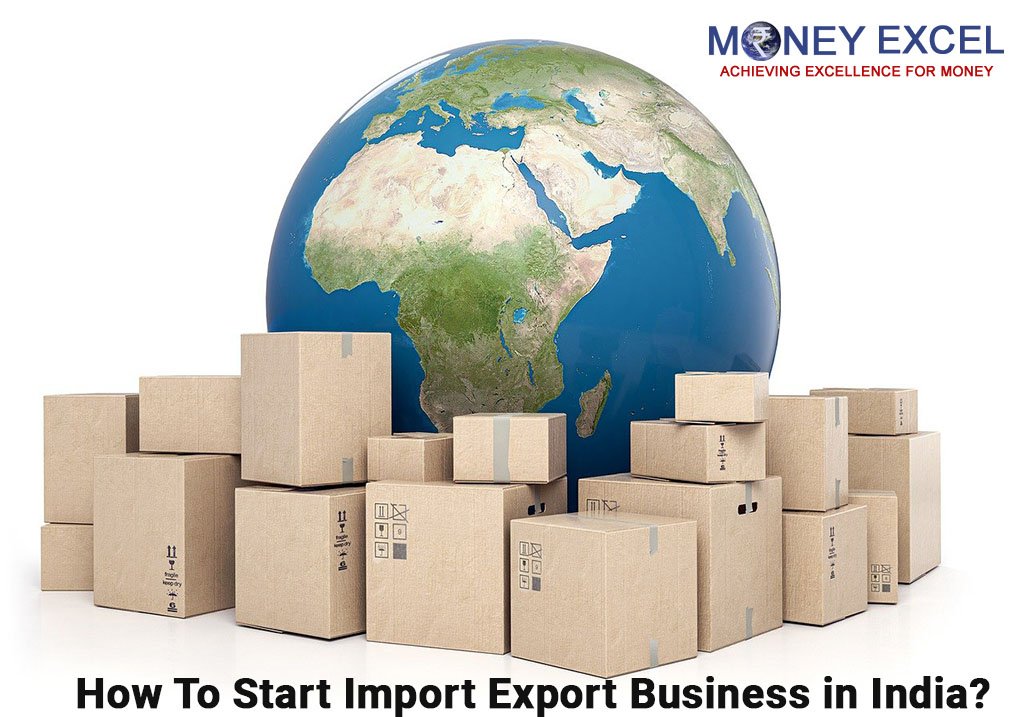Starting an Import-Export business in India presents a golden opportunity for young entrepreneurs to tap into a thriving market. This guide aims to provide a strategic roadmap, ensuring a smoother journey into the dynamic world of international trade. Discover the essential steps, from market analysis to navigating bureaucratic hurdles, and propel your business towards success.

Understanding the Import-Export Business
In essence, an Import-Export business involves trading goods and services across national borders. Unlike traditional ventures, this venture requires meticulous planning due to various licenses, bureaucratic challenges, and trade barriers.
Why Choose India for Your Import-Export Business?
India stands as a prime destination for this venture, driven by factors such as global demand for Indian products, diverse exportable offerings, improved ease of doing business, government initiatives, streamlined ecommerce, digital marketing avenues, and enhanced profitability for businesses.
Step-by-Step Guide: How to Start Import-Export Business in India
Step 1: Analyzing the Marketplace
Conduct thorough research on the product, assessing demand, profit margins, and trade barriers in your target country. Gain a competitive edge by understanding the market share dynamics.
Step 2: Register Your Import-Export Business
Select an apt name and register your business with the Ministry of Corporate Affairs. Choose from various business structures, including Sole Proprietorship, Limited Liability Company (LLP), Partnership firm, or different types of corporations.
Step 3: Get a Business PAN Card and a Current Bank Account
Acquire a business PAN card for tax tracking purposes and establish a current bank account to manage financial transactions efficiently.
Step 4: Obtain an Import-Export Code (IEC)
Securing a 10-digit IEC from the Director General of Foreign Trade is crucial, as it is a prerequisite for engaging in any export scheme.
Step 5: Choose a Product You Want to Export or Import
Carefully select your product based on demand, competition, trade barriers, and potential profit margins. Avoid following trends blindly and conduct thorough research on international markets.
Step 6: Price Your Product Appropriately
Implement a sound pricing strategy, considering factors such as raw material costs, production costs, and market demand. Strive for competitiveness while ensuring profitability.
Step 7: Identifying Customers of Your Product
Build strong relationships with customers through online promotion, participation in trade fairs, and developing an ecommerce website. Actively engage with distributors to expand your market reach.
Step 8: Arranging Finances for Getting Started
Estimate your financial needs and explore short-term and long-term finance options. Consider private loans or government subsidy programs to fund your business operations.
Step 9: Find a Trustworthy Supplier
Identify a reliable international supplier who can ensure timely delivery and quality at a competitive price. Utilize online platforms, trade fairs, and government directories for supplier discovery.
Step 10: Get an Export-Import Permit
Determine whether you need an import or export license based on your product and target country. Consult with relevant government bodies for accurate information.
Step 11: For Logistics, Hire a Shipping Company
Partner with a reliable logistics company to facilitate the efficient transport of goods globally. Seek advice from experienced individuals in the industry.
Step 12: Contact a Custom Clearing Officer
Navigate customs processes smoothly by engaging with a Custom Clearing officer. Familiarize yourself with all steps involved in importing and exporting goods.
Step 13: Take Out the Customs Bond
Secure a Customs bond to protect against unpaid duties and taxes on imported products. This coverage ensures financial stability for your business.
Step 14: Promote Your Company Online and Offline
Leverage the power of online marketing and social media platforms to create brand awareness. Effectively reach your target audience to stay ahead of competitors.
How Much Money is Needed to Start an Import-Export Business in India?
Estimate the initial costs, including document and license fees, freight charges, customs duties, and capital for raw materials and operational expenses. A ballpark figure ranges from Rs 5 Lacs to Rs 25 Lacs, depending on your business type.
Loan Options Available for Starting an Import-Export Business
Explore quick-term loans for short working capital needs and personal loans with longer terms for substantial investments. Consider sharing your business idea with friends or seeking investment.
Conclusion: Navigating the Import-Export Landscape
While the prospect of an import-export business in India is promising, it demands meticulous planning and financial commitment. Only embark on this journey if you have a unique product and a substantial customer base. Strategic execution, coupled with market understanding, will pave the way for success in this challenging yet rewarding endeavor.

